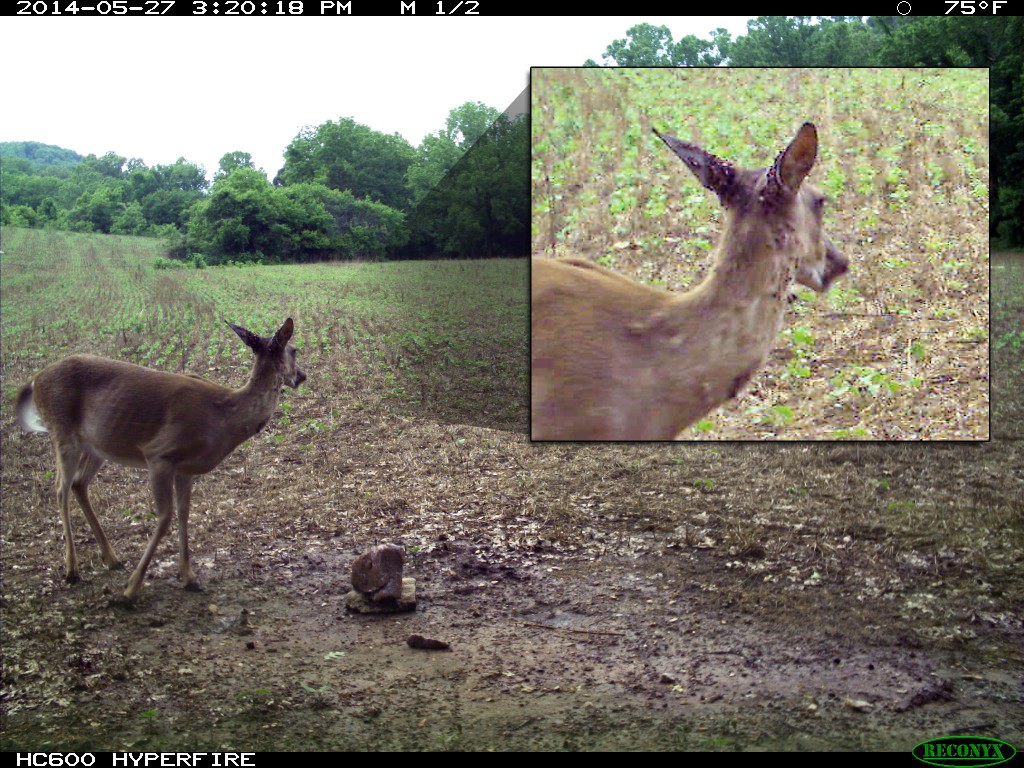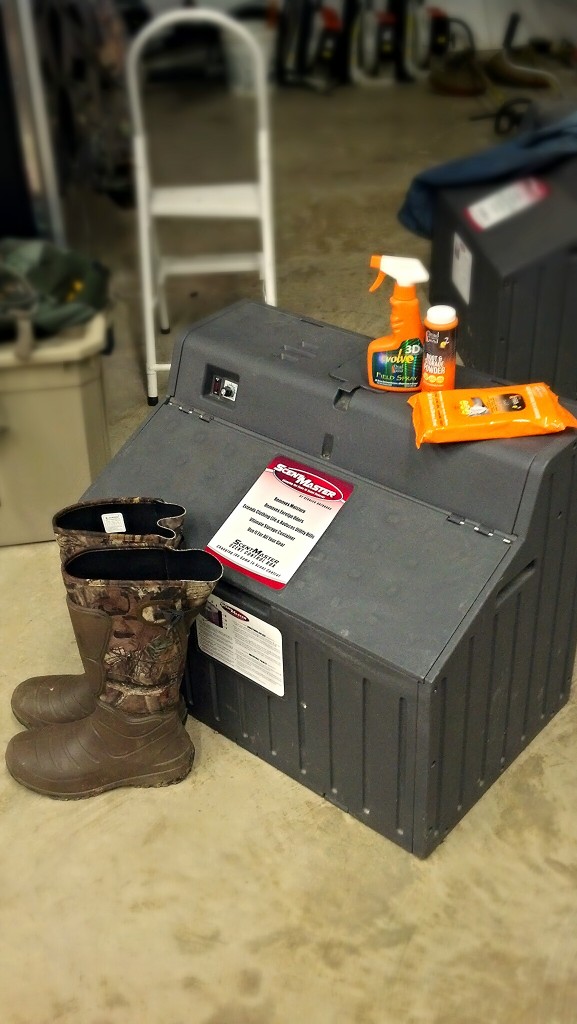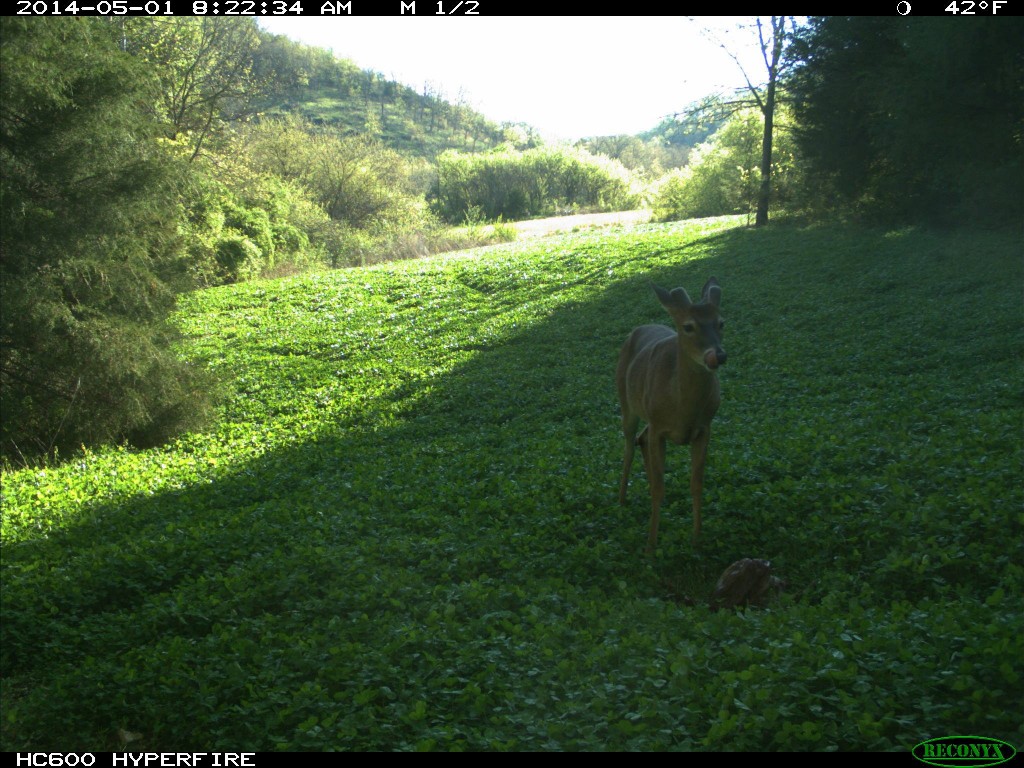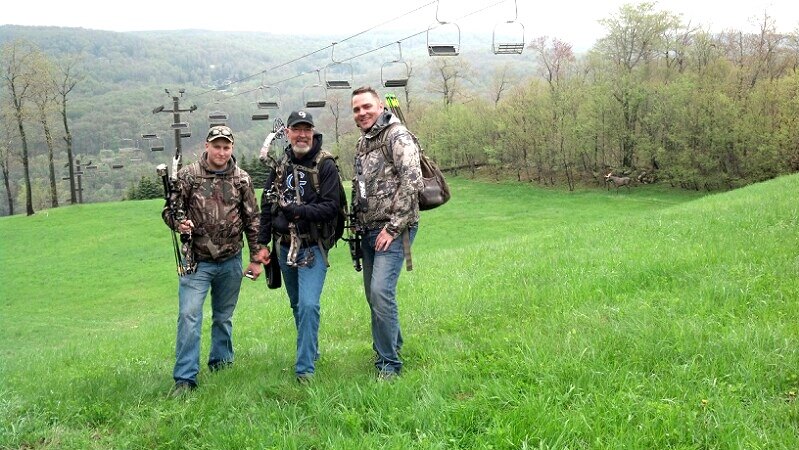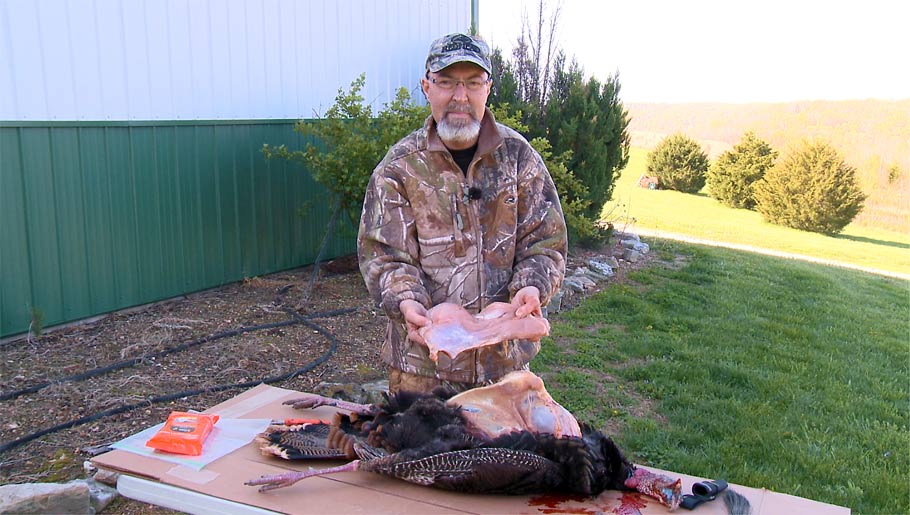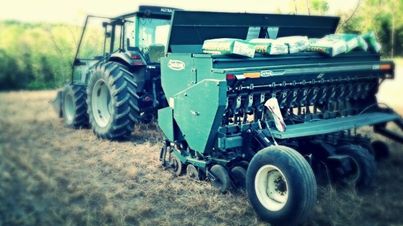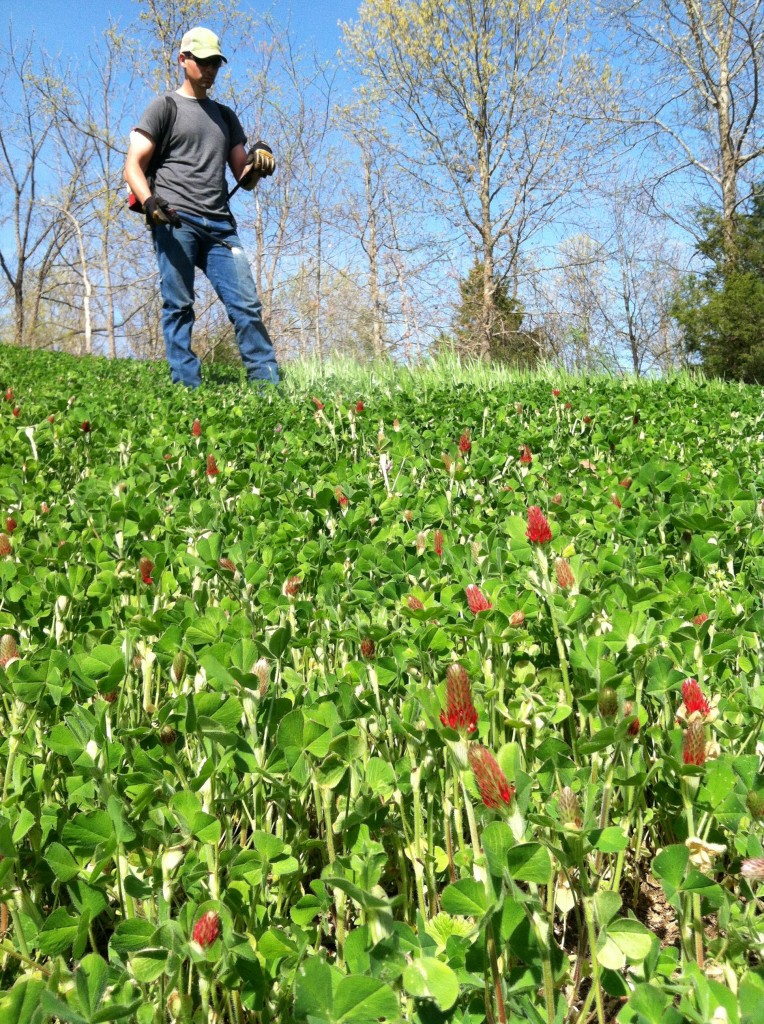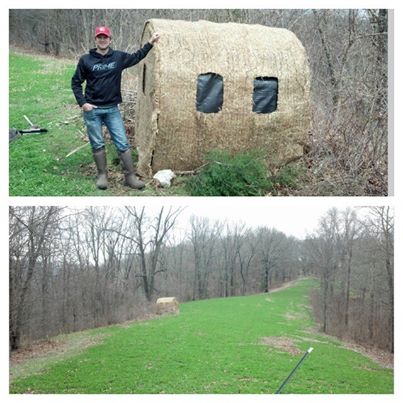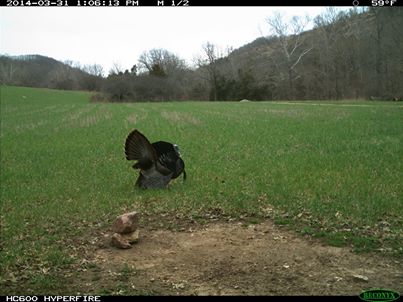Category: Hunting Blog
Prescribed Fire Can Reduce Predators And Improve Deer Hunting
Its fawning season and many fawns will be killed by predators. There’s often a substantial difference between the number of fawns born and the number that survive until six months of age. That’s why most biologists use the term “recruitment” to describe the number of fawns that survive to six months of age.
During the past few years there have been studies by many universities that show coyote and bobcats can kill a high percentage of fawns, even in areas with good hiding cover. More and more landowners are acting to balance the predator and prey populations on their property as a deer and turkey management tool.
Unfortunately, most landowners ignore the most numerous predator – ticks. The Center for Disease Control reports that cases of tick borne illness in humans have been increasing for a decade. Most studies indicate that tick populations are increasing.
Some folks are fast to blame increasing deer populations for the increasing tick populations. This is odd given many deer populations are decreasing throughout the whitetail’s range. Tick populations are strongly influenced by the quality of their habitat in addition to available hosts.
Simply stated 50 deer can feed as many ticks as 100 deer! However, very few ticks survive without good habitat. What is good tick habitat? You might be surprised to learn that moisture is one of the primary ingredients of good tick habitat. A deep layer of leaves, fields of grass that are rarely mowed/burned, or any layer of vegetation that holds moisture can be good tick habitat.
This is because ticks require moisture to survive. If ticks become dry (desiccated) they die rapidly. Researchers have shown that proper use of prescribed fire is an effective tool to reduce tick populations. Fire can remove duff layers (organic matter of fallen leaves, etc.) and moisture for long enough to cause ticks to desiccate. However, ticks will repopulate the area once a duff layer develops. Ticks will be brought into the area on mammals seeking the lush vegetation resulting from the fire.
To significantly reduce tick populations often requires the uses of prescribed fire on an annual or bi annual basis.
Growing and managing deer together,
Grant
Deer Hunters Need Scent Control Throughout The Year
For a lot of hunters, scent control is only practiced during hunting season and a few weeks before season. True scent control for deer hunters should be a year round activity. Unfortunately for most of us, we only have one set of hunting gear that we use for all types of hunting – coyote, deer, turkeys, etc. With each style of hunting there are different areas of concern regarding scent control. There are the hot days of spring when hunters walk through the hills chasing turkeys, all while working up a sweat. There are the damp cold days in November sitting in our Muddy tree stands waiting on a rut crazed buck. Even the snow covered days in January calling in coyotes. All of these hunts bring moisture and ultimately odor to one key area of your hunting gear – boots.
The boots you wear to your tree stand are one of the most likely pieces of your gear to spook game due to their smell. You sweat in them, you walk through mud puddles in them, and you walk through creeks with them, every step you take while hunting is in your boots. That’s why it’s extremely important to take care of your boots and maintain proper scent control. I believe every pair of boots has an “odor life.” Of course when you buy your boots they have a “new” scent to them. Once that odor is removed and they’ve been properly taken care of, they now enter into the “boot life.” If boots are taken care of properly they can last several hunting seasons, but there are numerous things to avoid. Not wearing them in gas stations, walking through the mall, hiking, anything that clogs them with foreign odors is key. Keeping them clean, dry and stored before each hunt is the best way to increase their life.
We treat boots after every single hunt with Dead Down Wind foot powder. This powder absorbs the moisture and destroys the odor, making sure the next time out our boots are as odor free as we can get them. Next we’ll spray the outside of our boots with Dead Down Wind field spray. This destroys any odor on the outside of our boots that may have collected during the hunt. Then we place them in our ScentMaster Box and turn it on, making sure as much odor as possible is removed from our boots. The box will heat up to 130 degrees, removing any moisture remaining in the boot and also filtering out any other odors that might have been missed. This system not only controls a huge part of our odor but it also greatly increases the life of our boots!
Don’t postpone your scent control this summer just because deer season is months away. Fight the odor now and tag your buck this fall!
Day dreaming of whitetails,
Adam
Trail Cameras Reveal Large Antlers Starting To Form!
It can be a depressing time of year for some people now that turkey season is wrapping up and the heat of summer is rapidly approaching! That’s not the case for the Growing Deer team as we started checking our Reconyx cameras! We are finding that bucks are already showing antler growth! Bucks have started showing up more regularly at our Reconyx stations, so tracking their growth will be exciting throughout the summer and into the fall.
One of the biggest factors in being able to following their progress is the use of Trophy Rocks. Trophy Rocks are one of the most attractive things you can use to lure deer in front of your cameras allowing you to monitor herd health, fawn survival, and antler growth. We use Trophy Rocks on The Proving Grounds year round, but a lot of people overlook the importance of having Trophy Rocks out during the spring because it isn’t hunting season. As a deer manager don’t forget that having the appropriate minerals and nutrition out year round will not only increase antler size and fawn survival but ultimately result in healthier deer.
Not only are Trophy Rocks great for improving deer health but they also make for some great Reconyx pictures! Stay with us this summer as we share the continual growth of our buck’s antlers!
To learn more about Trophy Rocks go to http://www.trophyrock.com/.
Daydreaming of whitetails,
Adam
Bow Hunting: Perfect Practice Makes Perfect
Turkey season has closed in several states across the nation. What’s next for the GrowingDeer team? We’ve got a busy summer planned with lots of management projects! We’ll focus our time on our food plots both new and old, tree stand preparation, and most importantly, prescribed fire. With all the summer projects planned there is one activity that can’t be overlooked. It’s very important for each of us that participate in bow season to practice shooting throughout the year and not just the few weeks before season opens.
Now let me define “practice.” Some hunters will practice this off season competing in 3-D tournaments. Others will head indoors for archery tournaments where they practice shooting targets with an “X” on a piece of paper. These are great ways to get you ready for the upcoming archery season but it’s even more important to do “perfect practice.” Perfect practice isn’t the act of shooting your bow over and over at one target and saying you’re ready for season. Perfect practice is getting as close to a real hunting setting as possible. If you hunt in a hat, you shoot in a hat. If you wear binoculars around your neck while hunting, you practice with binoculars around your neck. If you hunt from ground blinds, you practice from ground blinds. These are only a few different examples of perfect practice but all practice should be done with the same equipment that you’ll use hunting and the same mechanics. Same anchor points, same way gripping your bow, same body position, same focus. When we practice, we’re trying to imitate what we’ll be doing this fall when we’re hunting, so we’re getting as close to that as we can when we practice.
Another way of improving our practice and ultimately our shooting ability is practicing from farther distances. Those of you that have shot at long distances like 80 and 90 yards know how incredibly easy it seems when stepping in to real hunting distances of 20 and 30 yards. Unfortunately not everyone can shoot at these distances in their yard. To solve that problem Grant and I recently returned from Seven Springs Resort in Pennsylvania where the Prime Total Archery Challenge was held. This archery Challenge is not for the faint of heart but it’s very close to real world hunting settings. There are several courses with over twenty targets on each course from distances of ten to over 90 yards! All of these targets are in different locations with different angles and slopes. Practicing in conditions like this will unquestionably make you a better shot and inevitably a more successful hunter!
For more information on the Total Archery Challenge go to http://totalarcherychallenge.com/.
Hopefully the weather isn’t too hot where you live this week and you get a chance to practice for the upcoming deer season! It’s only a few months away!
Daydreaming of giant whitetails,
Adam
Wild Turkey: Ideas On How To Cook It
Yesterday a friend wrote asking for our favorite turkey recipe as his son had just shot his first ever wild turkey. Grant is off to shoot this weekend in the Total Archery Challenge with the crew from G5 so he has asked me (wife, Tracy) to write the blog. Many of our readers now have fresh turkey in their refrigerators and freezers so I will take this opportunity to share a recipe for cooking wild turkey.
(If you are unsure on how to remove the turkey breast from your recently tagged bird watch this episode of GrowingDeer.tv to see how Grant does it!)
It’s traditional for a lot of hunters to cut their turkey up and fry turkey “nuggets” or strips. We did this for many years but as we strive to eat healthier I’ve searched for different ways to prepare the meat. I’ve found the key to cooking wild turkey so that it isn’t tough is to slow cook it with enough liquid to almost cover it.
This year I created something new that the family just loves. It’s pretty easy and tasty, if you like a southwestern/Mexican type dish. It’s very flexible and can be modified based on your personal preferences. For instance, a can of black beans could be added if everyone in your family likes them (Grant doesn’t so I put them as a side dish instead of in the main dish). It can be eaten as a stew or the breast removed from the broth and chopped for burritos, enchiladas, quesadillas, tacos, or wraps. I guess it has to have a “name” so I’m going to call it…
Slow Cooker Southwestern Wild Turkey
One large crockpot (slow cooker)
Breast from a wild turkey
32 oz chicken broth (or enough to almost cover)
1 large can (28 oz) diced tomatoes (fire roasted or Rotel tomatoes to add an extra “zing”)
1 large can (29 oz) green chili enchilada sauce
1 4 oz can chopped green chilies
2 ½ tablespoons cumin
1 tablespoon chili powder (or to taste)
2 cloves finely diced garlic
2 teaspoons onion powder
1 medium onion and 1 medium green pepper chopped (can substitute a bag of frozen pepper/onion mix)
1 bag of frozen mixed vegetables (or 1 can corn, 1 can lima beans or green peas, 1 can green beans)
Cayenne or red pepper to taste
Black pepper
Cook for 6 to 8 hours on low in crockpot. For a little more southwestern flavor before serving add 1/4 cup lime juice and 1/2 cup chopped cilantro (cilantro is optional – some folks don’t care for it). Serve with shredded Colby-Jack cheese and traditional taco or burrito toppings of shredded lettuce, fresh chopped tomatoes, onions, refried beans, salsa, tortillas and/or tortilla chips.
One full turkey breast makes A LOT of food. We have it for several meals and also freeze portion sizes of it to have on hand for a quick future meal.
I hope your family enjoys this recipe!
Tracy
Food Plots: Early Drought
This time of year is very busy here at The Proving Grounds. We have been chasing turkeys, spraying food plots and lately we have been planting Eagle Seed soybeans. These are all good reasons to be excited. However, there is one thing that has got us a little down.
In Southern Missouri we are eight inches behind normal rain amounts! That is not what any wildlife manager wants. Drought is extremely tough on wildlife. Fawn survival decreases during drought and bucks rarely express their full antler potential. Spring is the time of year when rain totals usually catch up. This leaves us worried for what summer may bring.
It takes rain to grow quality food and it takes quality food to grow deer and turkey. The Growing Deer team is praying hard for substantial rain. There is a chance of rain the next few days so Adam has been working long hours all week making sure all the food plots get planted. The seed is in the ground and all we can do now is sit back and hope to be blessed with precipitation.
If rain is sparse in your area I encourage you to watch the forecast closely and when the rain is coming, get that seed in the ground! Remember, without risk there is no reward. I hope everyone is blessed with healthy food plots and healthy deer this fall!
Growing whitetails together,
Brian
Turkey Hunting Strategies: Changing It Up
Even though we’re rolling into spring planting season and the Eagle Seed beans will be hitting the dirt soon, turkeys are still on the brain for the GrowingDeer team! It’s been a great season for us so far, and the season isn’t even over yet! Overall, it’s been a relatively strange year here in southern Missouri due to the late spring. Typically during Missouri turkey season the leaves are popped and almost fully developed, the dogwood blooms are in their final days, and the Redbud trees have lost almost all their blooms. The biggest difference between past seasons and this current turkey season is the amount of hens staying with toms throughout the morning. I’ve heard numerous people talk about the number of hens being with toms. They all mention the silence right after fly down, the unresponsive gobblers, and the overall tough hunting they’ve experienced.
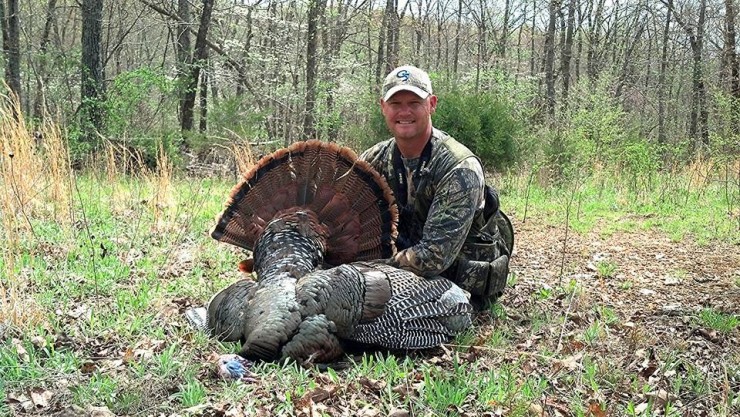
Adam Brooke, GrowingDeer Pro Staff, and Adam Keith enjoyed some mid-morning success by finding this lovesick tom.
The good news I’ll share with you is these turkeys will still respond to your calling and maybe even come into shotgun range, depending on your approach. Like I mentioned earlier, it’s been a great season for us thus far, but that doesn’t mean we haven’t shifted our game plan to adjust to these “henned up” toms. If we find ourselves hunting a tom that has hens with him first thing in the morning, but he’s still responding to our calls, we’ll wait him out! At some point during the morning the hens will begin to fade off and that’s when our tom will start gobbling more and become more susceptible to our calling. That’s why the mid-morning hunts can have such a high success rate during this period of the hunting season. We’ve had some great success this spring during the mid-morning hunts! One of the most exciting parts about mid-morning turkey hunting is that if a tom gobbles at your call, there’s a good chance he will come check you out!
I hope this helps you in your pursuit of the weary toms and you’re able to capitalize on a mid-morning tom!
Daydreaming of long beards and long spurs,
Adam
Managing Clover Food Plots
Clover food plots can be a valuable tool in a wildlife management plan. Clover grows quickly and becomes palatable early during the spring. Minimal acreage is needed of clover because it produces a lot of tonnage per square acre. How do we take care of this great tool?
When managing clover there are two important things to remember, the first being that clover requires a lot of fertilizer. Secondly, weeds and grasses can choke clover out relatively easily so weed control is very important.
We fertilized the clover plots with Antler Dirt a few weeks ago. This week I’ve been working to control the weeds. We choose to spray our clover plots rather than mow them. Spraying with herbicide actually kills the weeds versus mowing that simply reduces their height. I sprayed the clover plots with two different herbicide solutions. For the broad-leafed weeds I used a mixture of 2,4 DB and crop oil. In order to control the grasses I used a mixture of Clethodim and crop oil. Mixing these two herbicides will lessen their effectiveness. I followed the amounts prescribed on both labels. In some plots weeds can be patchy, in those areas just spot spray rather than spraying the entire food plot. This will help to conserve expensive herbicide.
Find some time this week between turkey hunts to get out and show those clover plots a little love. The Growing Deer Team will be out finishing up clover care and punching a few more turkey tags!
Managing whitetails together,
Brian
Turkey Hunting: Blind Placement
Missouri youth season for turkey hunting opens tomorrow morning and hearts rates are increasing at The Proving Grounds. We love this time of year and we have done everything we know how to do to prepare. The shotguns are patterned, we’ve checked all Reconyx cameras, and the blinds are in place.
This week was a particularly exciting week to be setting up blinds. Every year we position our Redhead ground blinds and Redneck trailer blind in known hot spots, but this year we have a new addition to our blind repertoire. Monday we received two new Hay Bale Blinds from Redneck Blinds. We weren’t sure what to expect.
Let me be the first to say that they are AWESOME! Just two guys can easily move the blinds into place and they require no brushing in. My favorite things about the blind are the sliding windows and the magnetic door. They are silent! The blinds are large enough that we plan on hunting with three people and a camera in one blind during youth season. The windows have a “hay” side and a “black” side, so we flipped the sliding window to black side out. This will leave the blind looking the same whether it is being hunted in or not.
The Growing Deer Team will be out all weekend hoping to put a couple of long beards on the ground. I hope you have a chance to get out and do the same!
Chasing gobblers together,
Brian
Youth Turkey Hunting: Passing On The Tradition
In Missouri we kick off the spring turkey season with a two-day youth hunt. In my opinion there is no better way to start off a hunting season. Hunting is a tradition and pastime that not only boosts the economy, but also connects people to their roots.
The Growing Deer Team is very serious about youth season, so how do we prepare for it? We start by placing all of our Reconyx trail cameras over food plots and setting them to time lapse. In time lapse mode the camera will take a picture every fifteen minutes throughout the day (depending on the settings). Also, we can see critters that may be too far to trip the motion sensor on the camera. The time lapse images reveal when and where turkeys are entering the field.
Once we know where the turkeys are entering the field we can place blinds that put Raleigh and Rae in position to harvest an elusive Eastern Turkey. We put a lot of work into scouting for youth season because we want the hunt to be enjoyable. If a youth hunt is enjoyable, regardless of a harvest, I consider it a success. The goal is to pass on the tradition of the hunt, a kill is secondary.
The team will be out this week listening for gobbles and positioning blinds. I hope you have a chance to put some time into scouting for the upcoming youth hunt. Make it fun, pass on the tradition, and give thanks to the Creator who made it all possible.
Chasing big gobblers together,
Brian



